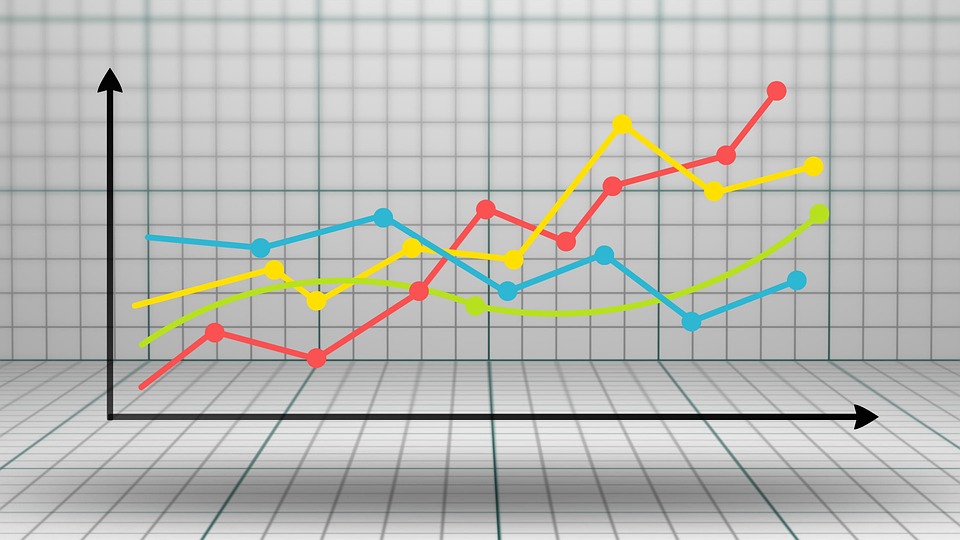State and local sales tax rates are at an all-time high, according to a new report from Vertex, Inc., a global provider of tax technology solutions.
The Mid-Year Rates and Rules Report revealed that, although the implementation of taxes is beginning to level off, rates are higher. As such, corporate tax departments across all industries will be challenged once again and should be prepared to respond to more rules and rate changes, possibly extending sales taxes to services and introducing more digital sales taxes.
“Over the past couple of years, a great deal of funding from the federal government has bolstered state and local revenues. Budget Directors at these levels must understand that it is unlikely there will be meaningful federal assistance over the next several years, given the outcome of the midterm elections in 2022,” says Vertex Vice President of Tax Content and Chief Tax Officer Michael Bernard. “To that end, sales tax revenues will play a key component in funding local governments, in addition to income and property taxes. Sales tax presents a unique opportunity because it can be implemented quickly and administered much more swiftly than income and property taxes.”
Tax professionals should note the following:
- City and county sales tax rates soar: City tax rate increases (126) far outnumber decreases (20) by more than a six-to-one ratio, while counties enacted almost twice as many sales tax increases compared to decreases (15).
- Average U.S. sales tax reaches all-time high: Following a brief COVID-induced lull from 2020 to 2021, the average U.S. sales tax rate (which combines the average state, county, city, and district rates) resumed its upward trajectory this year, hitting 10.17%.
- Implementation of new district sales taxes begins to level off: Following the first two years of the pandemic, when districts imposed new sales taxes at a record-setting pace, the pace of new rates seem to be leveling off in 2022. During the first six months of this year, districts only implemented 54 new sales taxes compared to 127 new sales taxes enacted within the same time frame in 2021.
“It’s important for indirect tax leaders to understand the broader economic, business, and policy factors that ultimately cause these numbers to move,” says Bernard. Factors such as wage inflation, rising interest rates, a long-term narrowing of the sales tax base, and less federal assistance indicate that additional sales tax rates are more likely to increase. Despite the decrease in new district taxes, these long-term trends will affect the total revenue state and local governments can collect through sales taxes.”
With interest rates on the rise, debt-servicing costs will escalate. Rising prices and wages mean it costs more to operate public sector organizations. Governments can either cut expenses or raise revenue to address these challenges. Unfortunately, most governments do not have the capacity to reduce services further. However, sales tax revenues will decline if consumers reduce spending in response to rising prices or a recession.
Historically, over the past 60 years, it has been shown that during adverse economic cycles, the sales tax provides a much more consistent method of funding relative to the income tax. Because of this, several states are considering reducing, eliminating, or replacing the income tax with a broad sales tax. Should these legislative attempts succeed, sales taxes would become an even more significant source of revenue for these states.
It is evident that the U.S. economy is driven by consumer spending. Consumers spend the most on housing, healthcare, food, and energy each year. Given the non-discretionary nature of these items, state and local governments will be challenged in the future as a policy matter regarding how the sales tax base will be expanded.
For the Vertex Mid-Year Sales Tax Rates and Rules Report for 2022, click here.
Thanks for reading CPA Practice Advisor!
Subscribe Already registered? Log In
Need more information? Read the FAQs
Tags: Sales Tax




